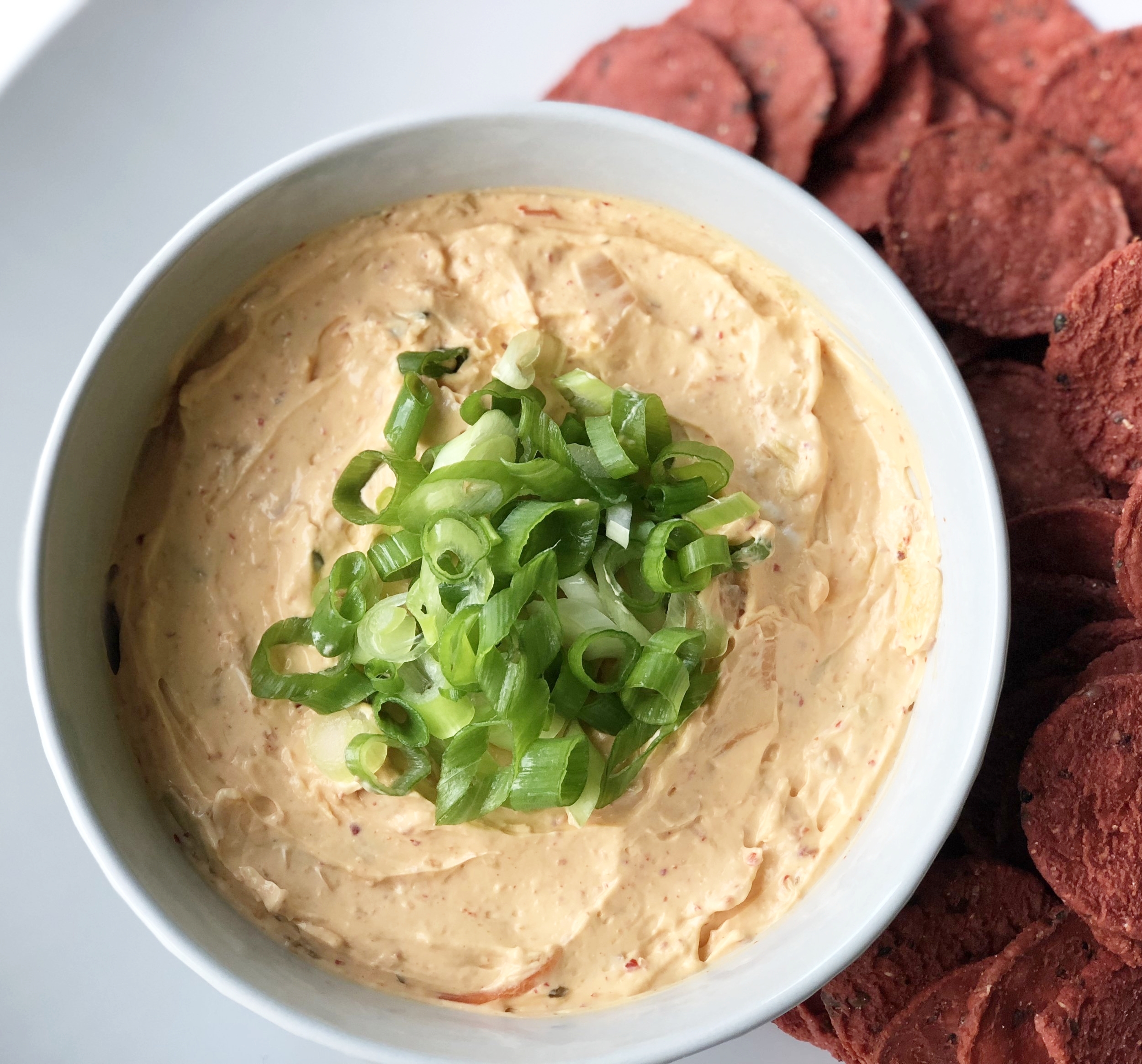BRINING (1.5 - 2 hrs)
Use approximately 1/4 cup of Kosher salt (Diamond Crystal) for 2-3 lbs of napa cabbage. (Avoid iodized salt.)
Without washing the napa cabbage, cut the napa in half. Cut each half into halves; resulting in 4 quarter pieces.
Choose between 2 options:
1) Salt each quarter between the leaves, salting heavier near the core (the thickest part of the leaves) OR
2) Take the quarter napa and cut across (horizontally) from the tip of the leaf to the core into 1” pieces and place into large bowl of water. Repeat this process with each quarter. - Remove the cut napa pieces from the water into an empty bowl. Toss the salt over the napa pieces and gently toss to evenly coat with salt.
Let the napa rest and brine 1.5—2hrs. Turn over the napa (bring bottom pieces to the top) every 30 minutes. You want to ensure that the brining liquid, that collects at the bottom of the bowl, comes into contact with all the pieces as your turn over the pieces throughout the brining process.
RINSE
* Drain the water out of the bowl.
* Place the bowl of napa in the sink; sit a strainer over another bowl.
* With the cold water running into the bowl of napa, rinse the napa and scoop into the strainer.
* Pour out the used water in the bowl, rinse the bowl and fill it up again.
* Toss the napa back into the clean water and repeat this process 3-4 times.
* The rinsing helps remove any dirt and excess salt. Taste it after a couple of rinses, to check for saltiness, if too salty, give it another rinse.
DRAIN
* Let the napa drain in the strainer. (20 - 30 minutes).
* Draining the excess water helps the seasoning adhere to the napa and reduces diluting the seasoning.
Preparing other vegetables:
RADISH BRINING (same process for other hard vegetables ie green cabbage, carrots, pumpkin, etc)
Use approximately 3/4-1 Tbsp of Kosher salt (Diamond Crystal) for 1 lb of vegetable.
* Wash and cut the radish into thin squares (or as desired, consistent sizes).
* Add the salt & sugar, toss to coat evenly and let rest for 20-30 mins.
* Strain the radish, reserve the liquid to be used at end of jarring to wash the seasoning from the mixing bowl and for extra liquid to top off after packing the jar.
ASSEMBLY
* Add the kimchi paste to the napa (with sliced onions, matchstick carrots/radish, green onions) and mix gently with your hands, evenly coating all the pieces. Do the same if using other types of main vegetables such as radish, green cabbage, carrots, punpkin, etc.
* Taste your kimchi for seasoning. It should taste salty, note that it will balance out during the fermentation. If you find that it needs a little more salt, season with extra salt.
* If it’s overly salty, add extra vegetables; you can also adjust the seasoning during the fermentation by adding thin slices of radish/produce between the layers.
* It’s time to fill your jar/container. Make sure to pack down as your fill your jar to avoid air pockets.
* Leave an inch head space from the top of the jar; the kimchi will push upwards as the fermentation kicks in, this gas buildup is most active during the initial stage of fermentation; a sign that the living bacteria are hard at work.
* Containers: use glass jars, plastic containers (BPA free), fermentation crocks. Avoid metal containers because acid reacts to metal.
STORAGE
* Place the lid on the jar, gently turn the lid till it stops. Place the jar on a plate to catch any overflow.
* Place the kimchi on your kitchen counter, away from direct sunlight.
* Check your kimchi daily for signs of tiny bubbles. It’s always good to open the jar and press down on the kimchi with a clean spoon to keep the contents below the liquid line. You want to create an anaerobic (free of oxygen) environment to prevent surface mold.
* Depending on the room temperature, you will start to see tiny bubbles within 1-3 days. At this point, your fermentation has started, press contents down, tighten the lid, and place in the fridge. It will continue to ferment in the fridge but at a slower pace, this helps maintain a crunchier texture and deepens the flavors.
* Kimchi can be eaten at any point during the fermentation process; most Koreans prefer it freshly made or in weeks 2-3.
* Mature/aged kimchi (both liquid and vegetables) can be used in cooking (fried rice, bibim noodles, Korean pancakes, soups, ramen, mac & cheese); adds depth of flavor.
Please do not copy or distribute.
© 2017-2023 FORWARD ROOTS LLC™










